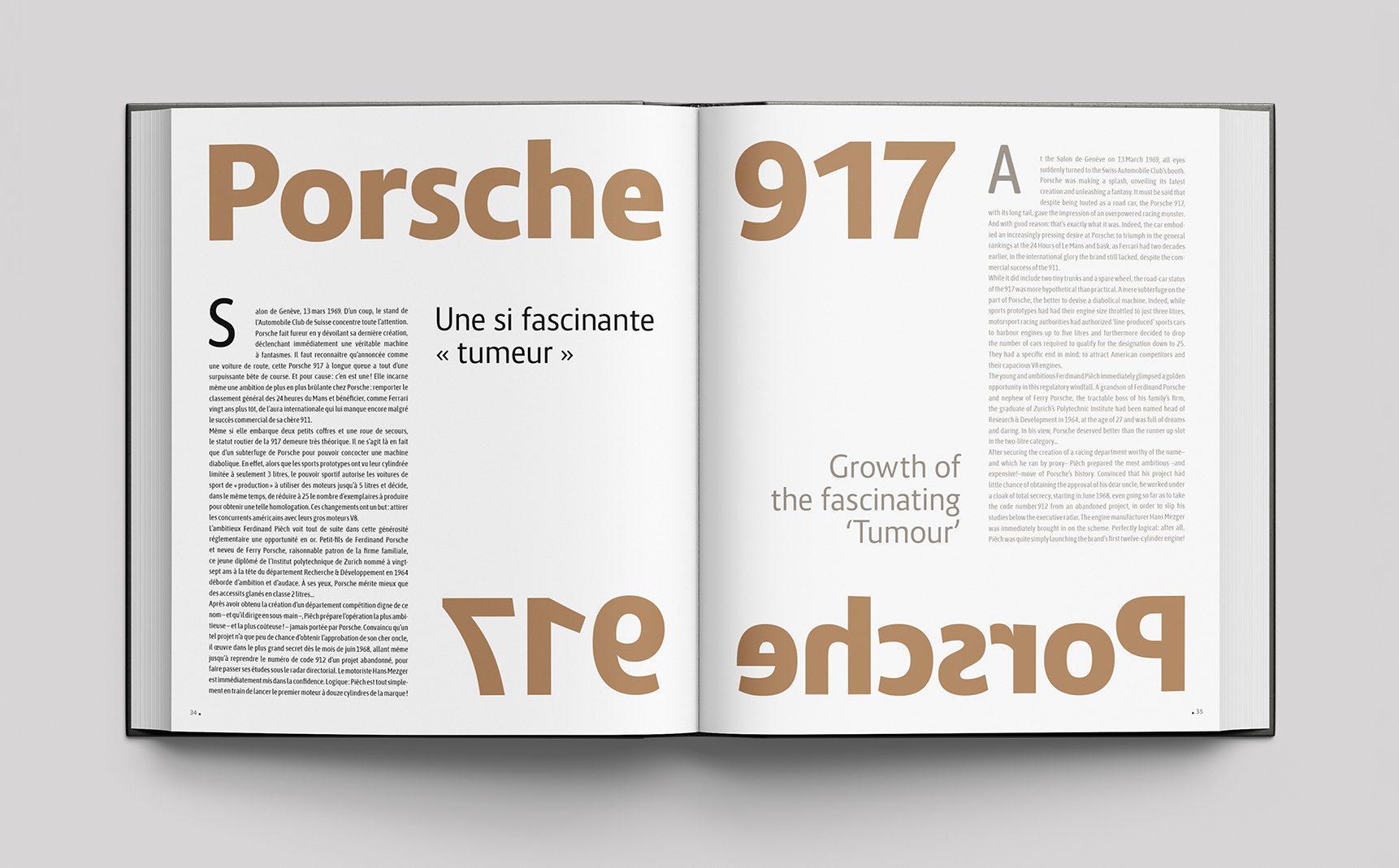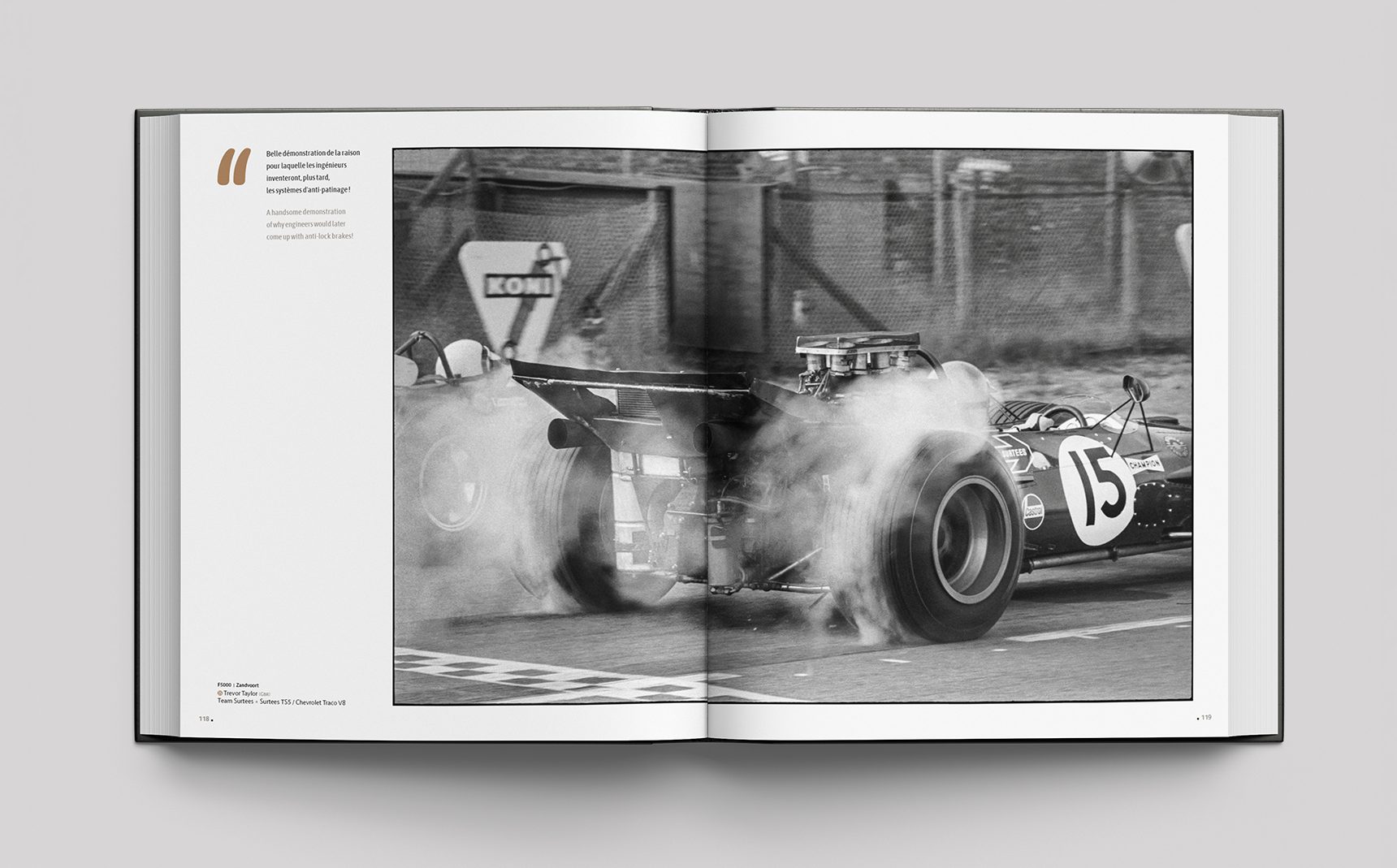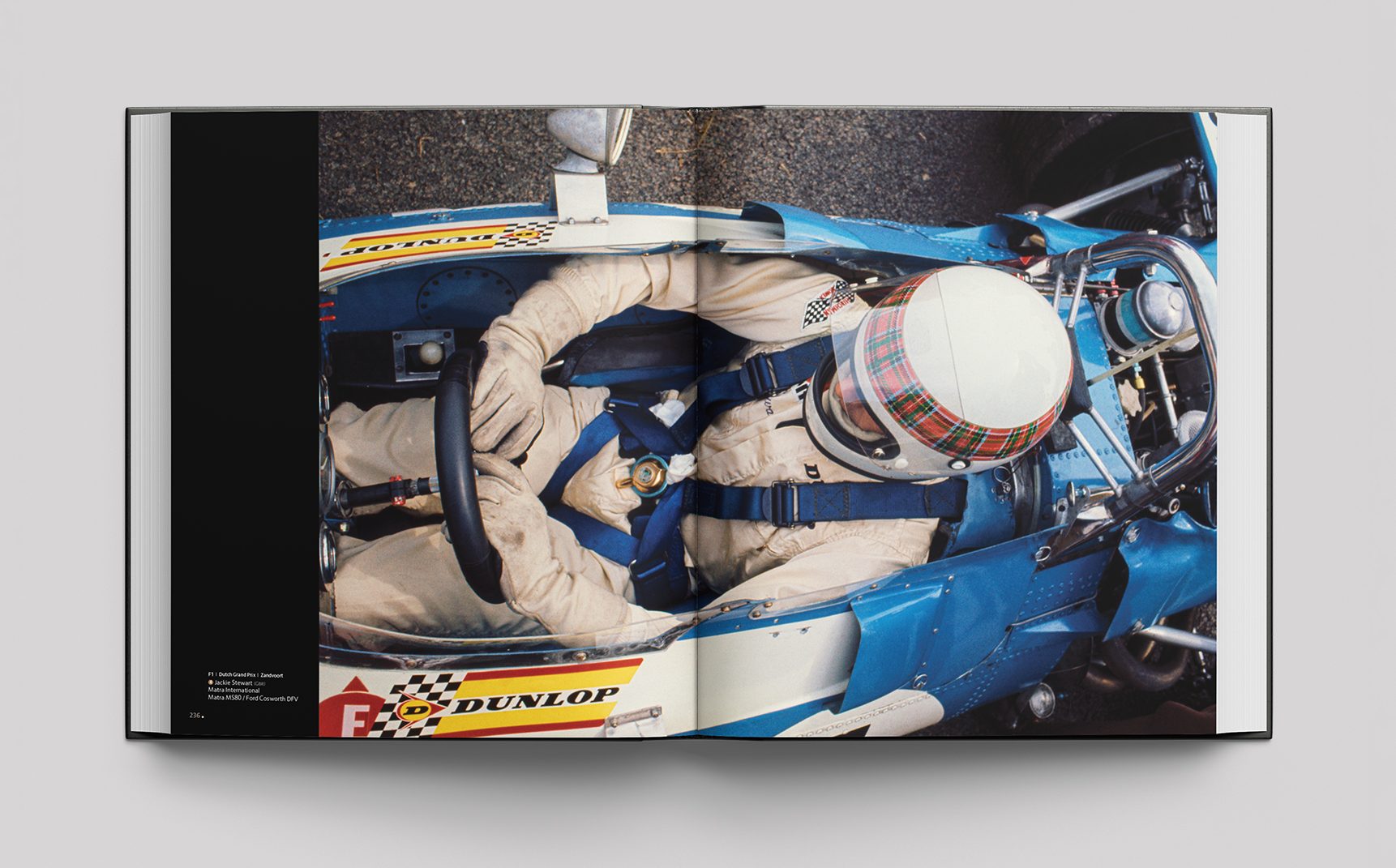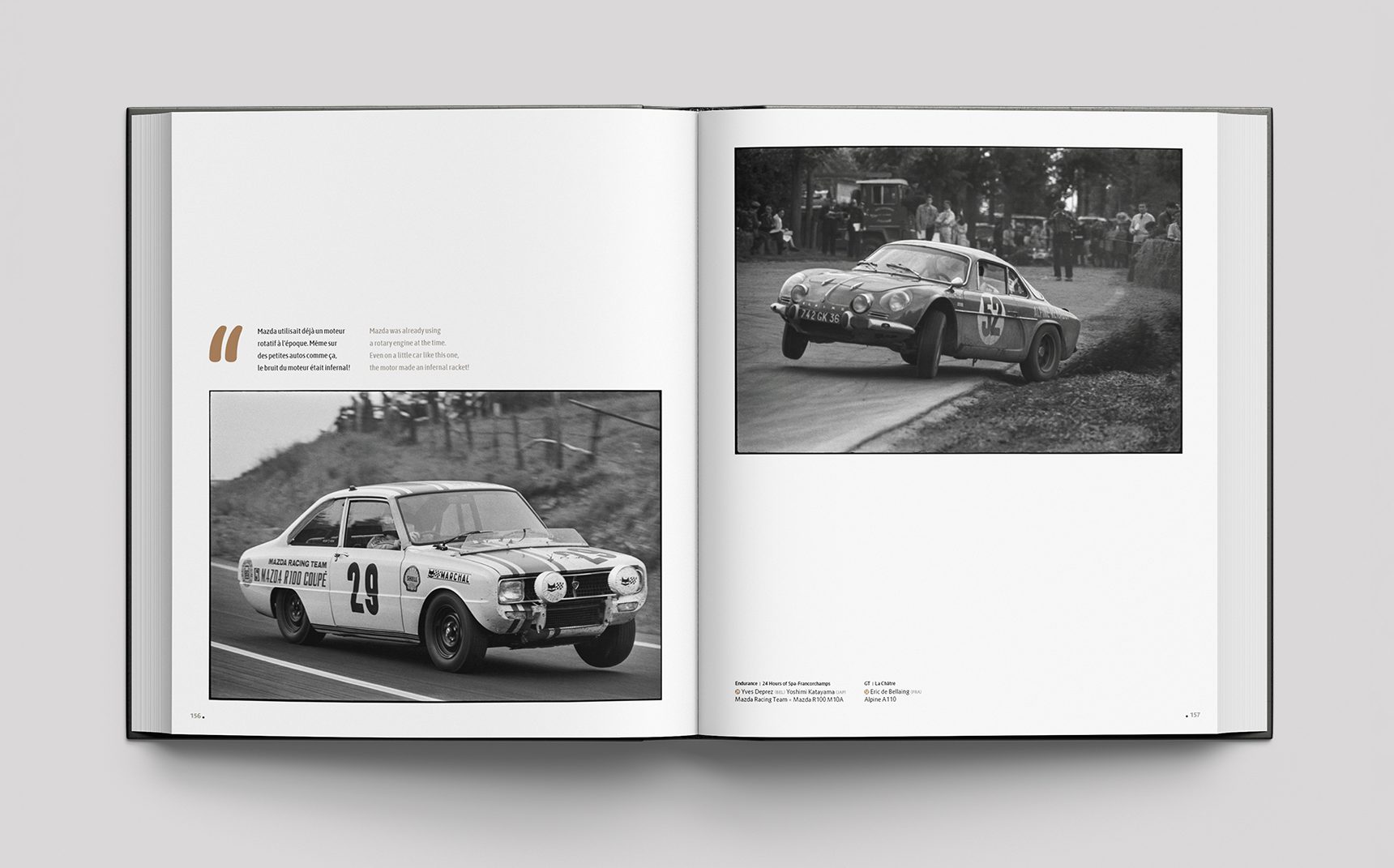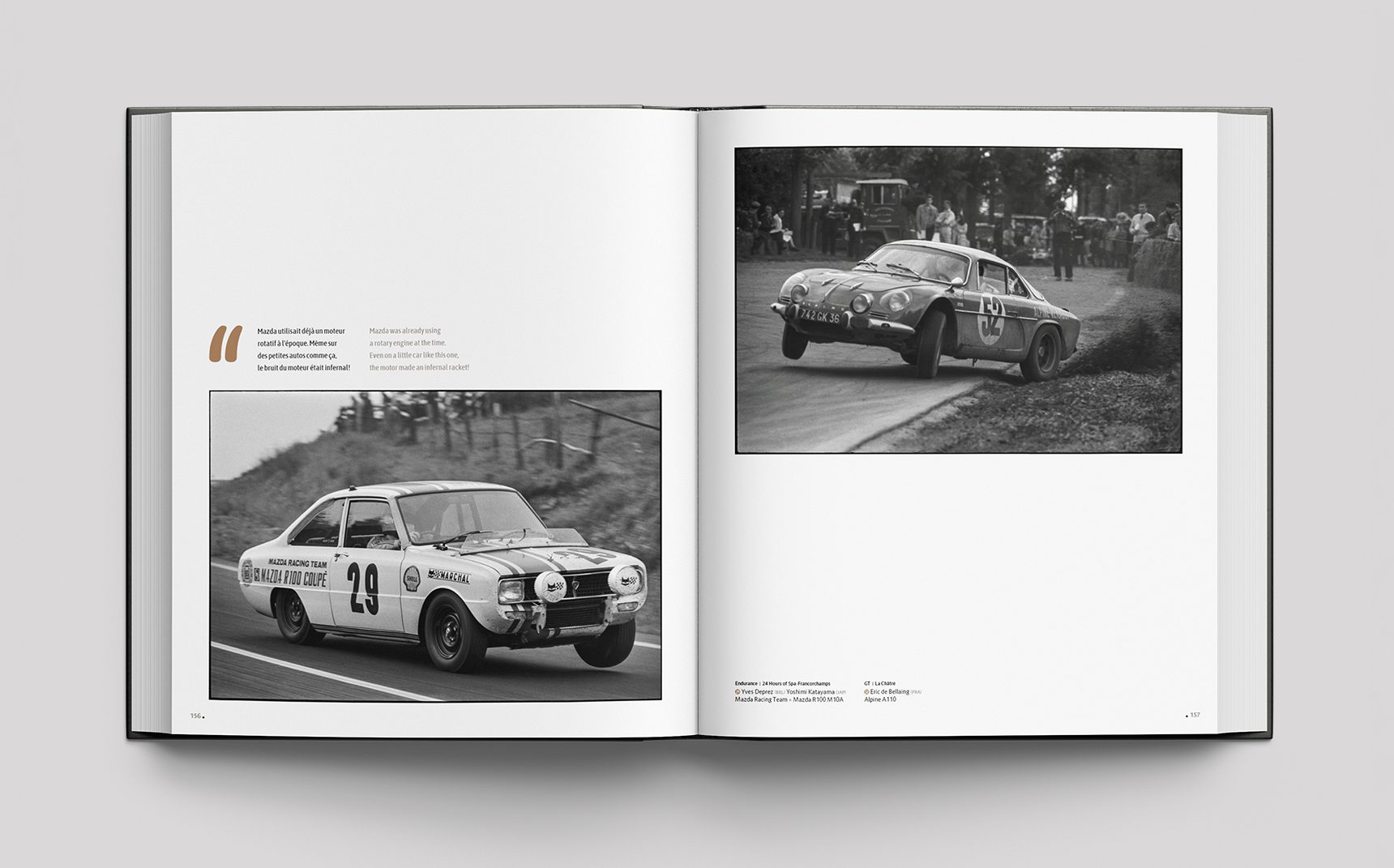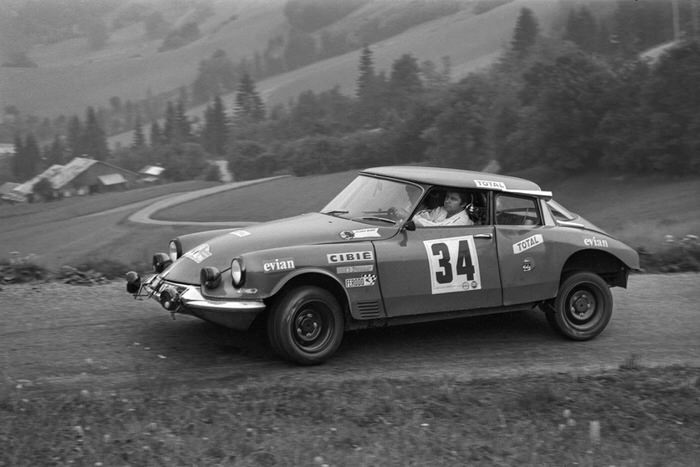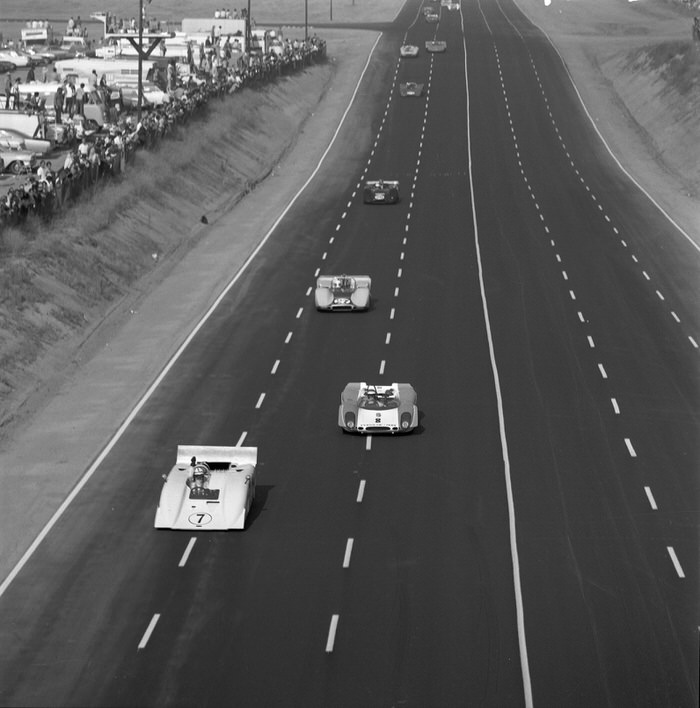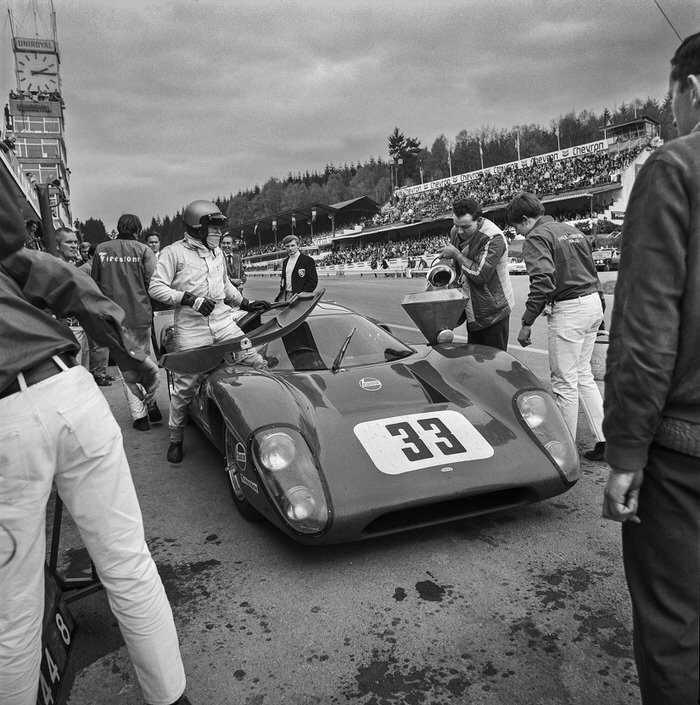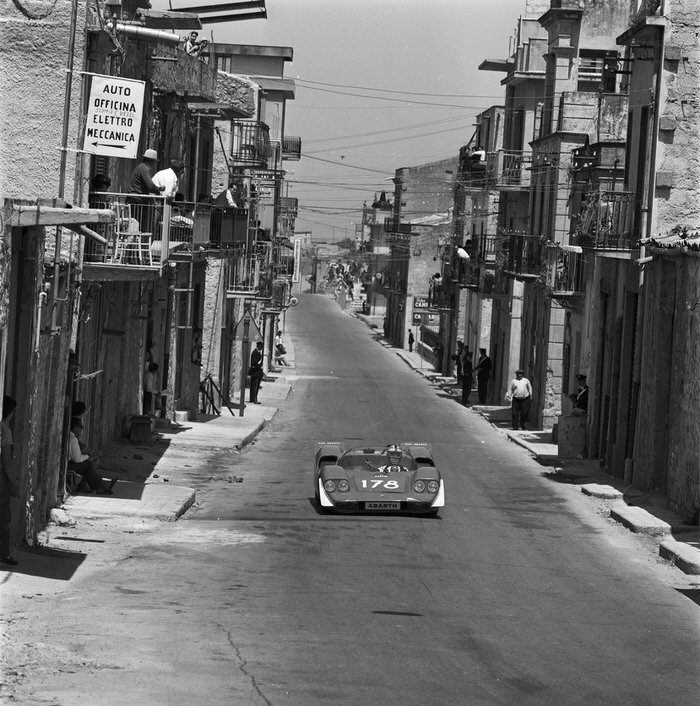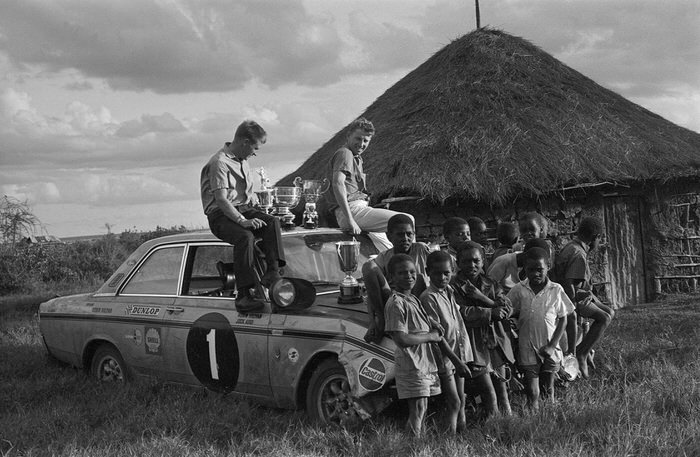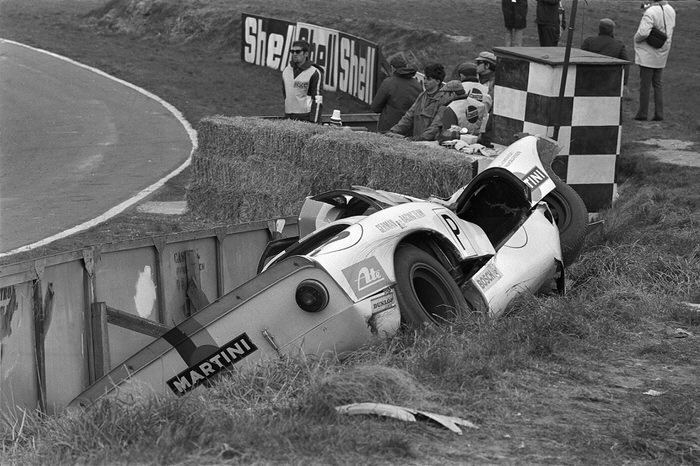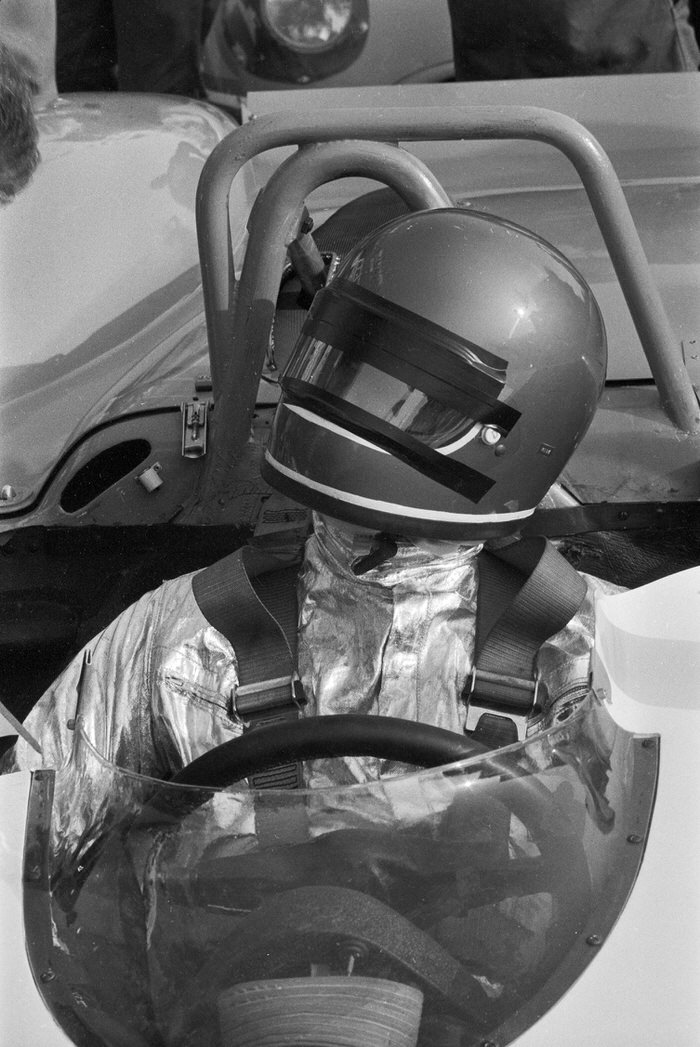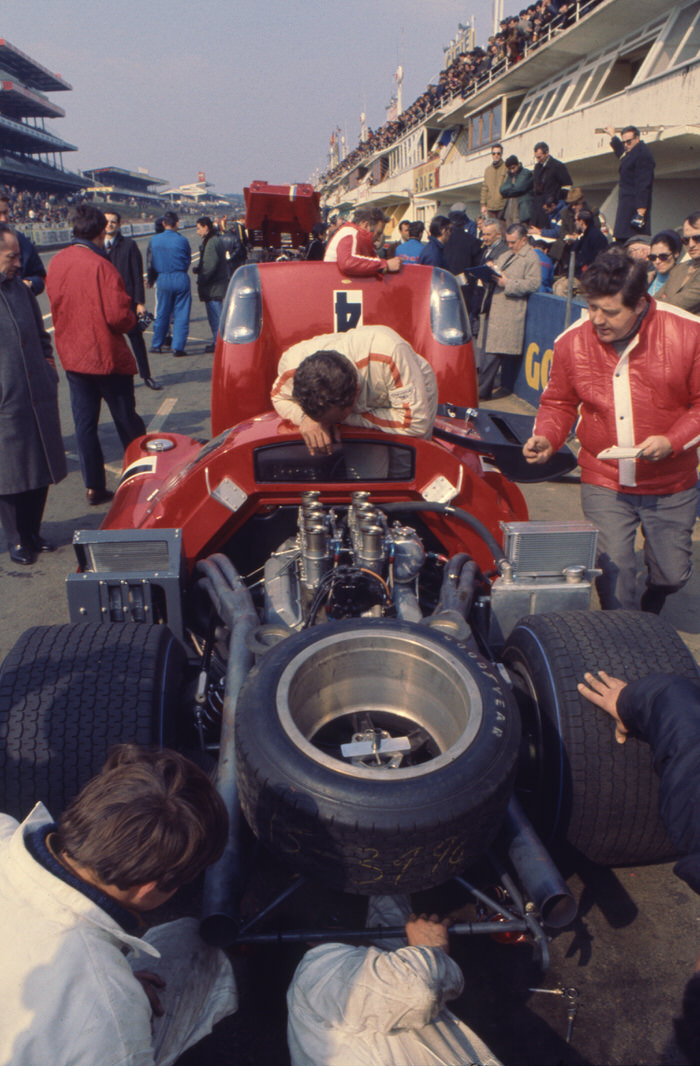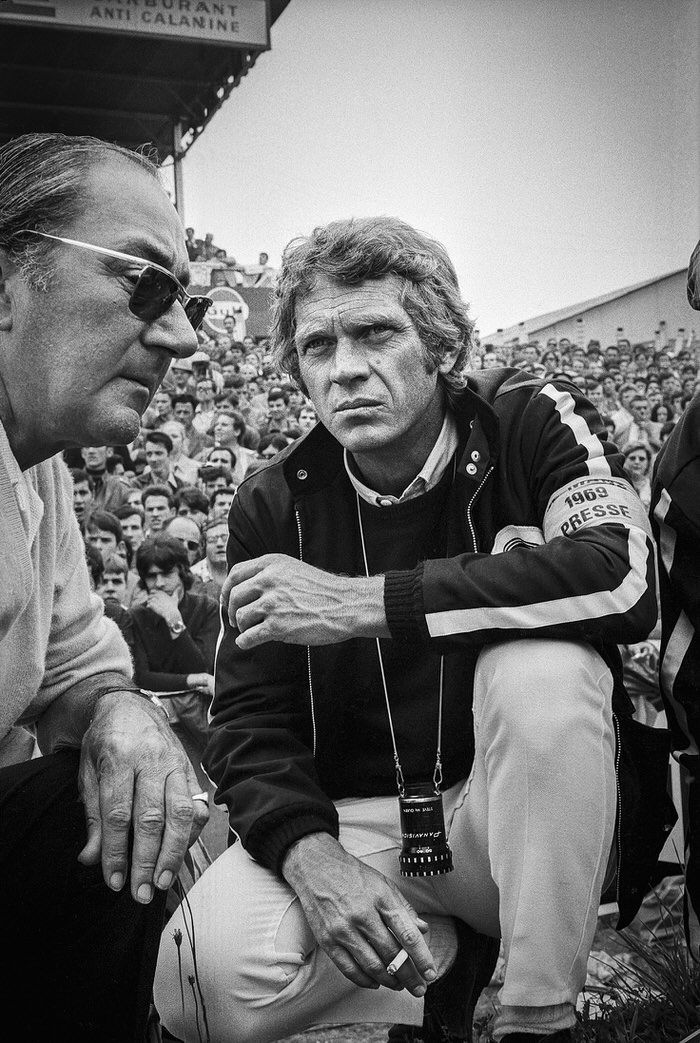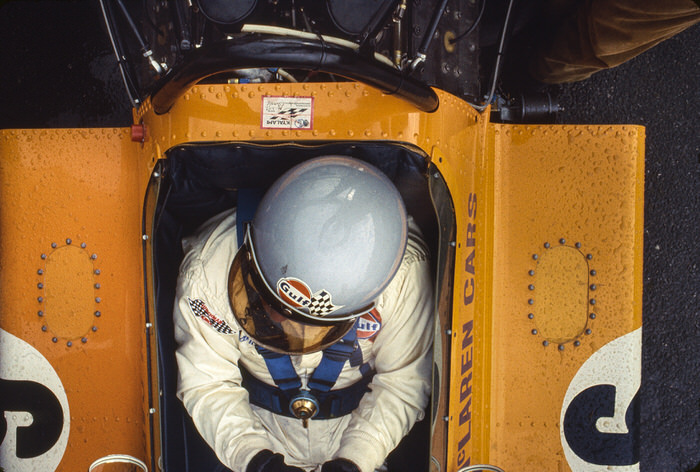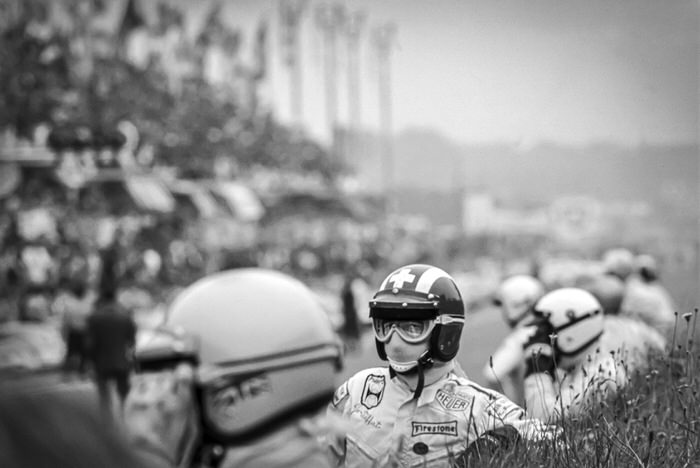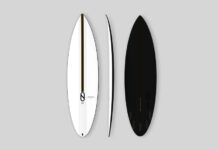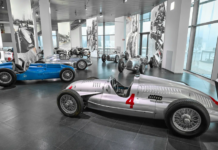Drawing on treasures from the DPPI photo agency’s archives, Car Racing 1969, the fifth volume to join the Car Racing collection published by Éditions Cercle d’Art, offers a unique glimpse into the atmosphere of motorsport at the time.
Created in 1965 at the initiative of photographers fascinated by the sound and fury of the track and the bravery of racing drivers, the DPPI agency has always been right where the action is. And, in the 1960s, this expression was not by no means mere metaphor!
The Book
Car Racing 1969 reveals a year of sporting and industrial daring, but also one of clashes. Fierce struggles pitted Ferrari versus Ford, Matra and Brabham, Lotus and McLaren, even as a new major rival, Porsche, surged onto the scene. These hard-fought battles delighted the photo- graphers of the DPPI agency, to whom the national — and soon the international — press turned for help.
1969 was also the year when tensions of a different kind emerged. In the month of June alone, two drivers separately raised the issue of safety. Jackie Stewart set the tone, saying ‘I get paid to win, not to die’ at the Belgian Grand Prix, where he questioned drivers’ safety condi- tions. A week later at Le Mans, Jacky Ickx decided to highlighted the risks associated with the running start by walking calmly to his car – which nowise prevented him from winning the race. These protests were followed by action: the 24 Hours returned to a classic start and the Belgian Grand Prix was removed from the calendar.
The Author
A key figure on and off the racetrack, Manou Zurini was one of the first to give racing photography a truly artistic dimension. Now retired from racing, he has forgotten nothing of this exciting period and punctuates the pages of Car Racing with his colourful comments.
Alain Pernot is a freelance journalist and motorsport expert. He knows how to share his in-depth knowledge effectively while revealing the passion that drives him.
One of the strengths of this collection from Éditions Cercle d’Art is that it never deviates from its initial purpose, namely its essentially photographic editorial approach: ‘This is not just another book on the history of motorsport,’ insists Fabrice Connen, director of DPPI. ‘In each volume, we favour the strongest and most unusual photos, or those that capture the atmosphere of the time, even when taken during minor events.’
Click here for further information
more information: cercledart.com




